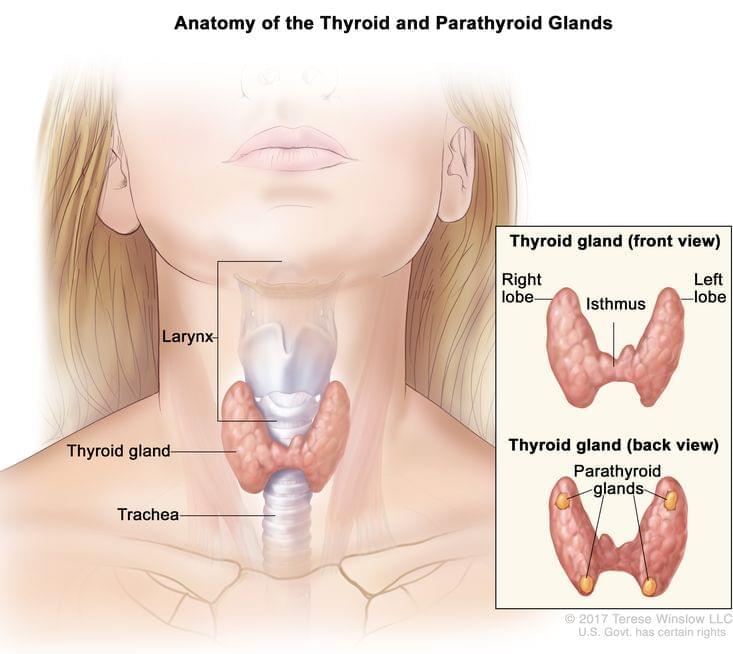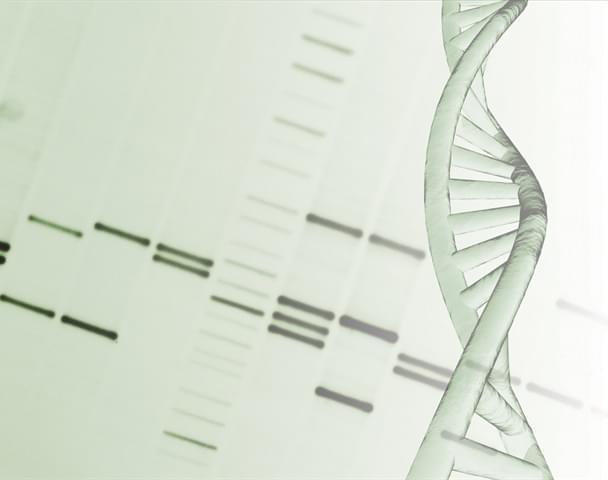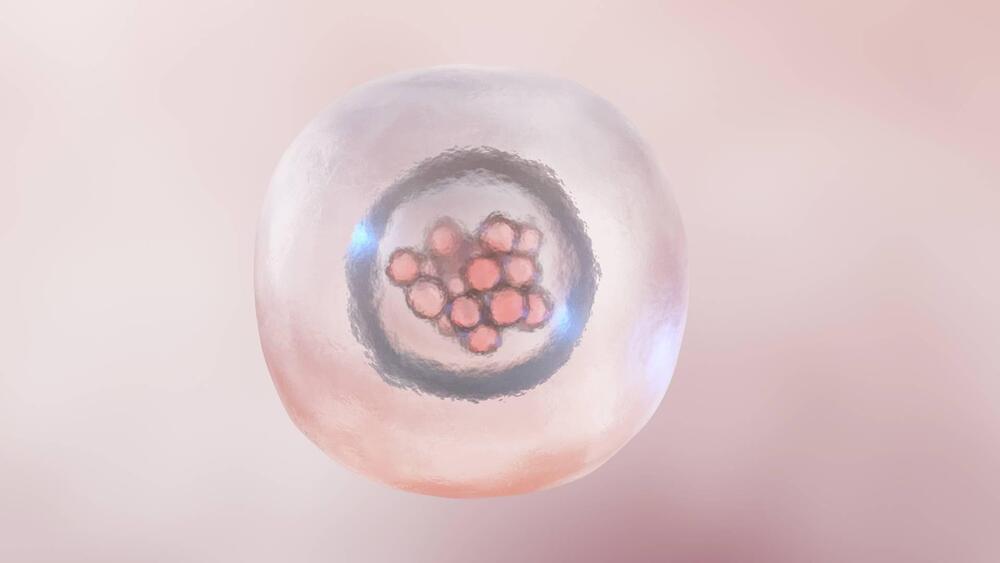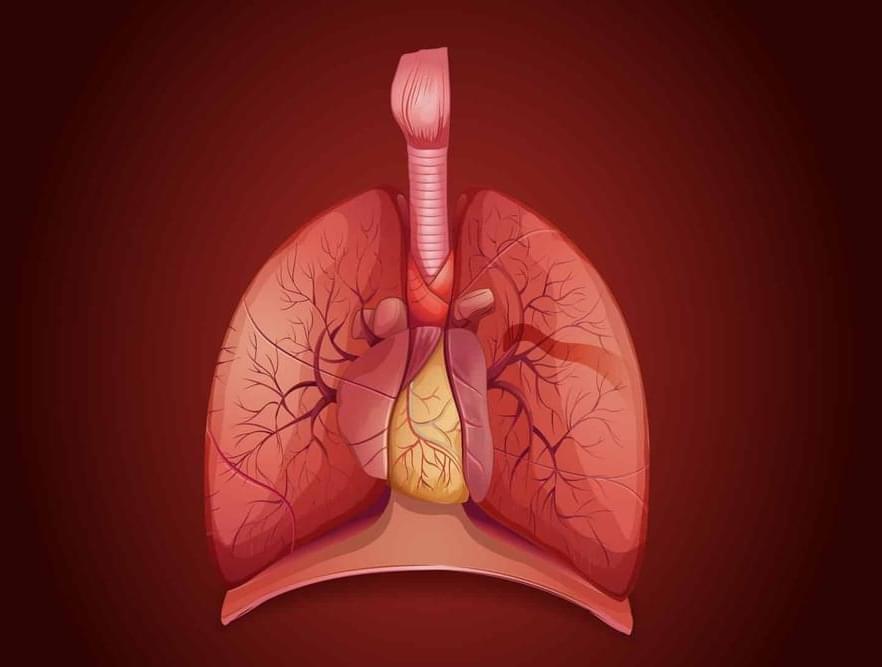This is a big deal, kids.
For the past five years, Silicon Valley biotech Rejuvenation Technologies has been quietly working on a therapeutic platform to extend telomeres in the human body, with the goal of boosting longevity and healthspan. Yesterday, the company emerged from stealth with a healthy seed funding round of $10.6 million, led by Khosla Ventures.
Rejuvenation has developed a synthetic mRNA-based approach to restoring telomeres to a “healthy length” – capable of reversing a decade of telomere shortening in a single dose. The mRNA produces telomerase, an enzyme that plays a critical role in maintaining the length of telomeres. Following positive preclinical results in lung and liver disease indications, the company is now preparing the path towards its first in-human trials.
Longevity. Technology: Telomeres are protective structures on our DNA that prevent the loss of genetic information as the cells in our bodies divide. With each cellular division, our telomeres gradually shorten and, when they become critically short, our cells enter a state of senescence or die. Research has shown that telomere length is closely associated with lifespan and healthspan, and telomere shortening is recognized as one of the primary hallmarks of aging.
While it has long been known that the enzyme telomerase extends telomeres, it was only recently that safe, rapid telomere extension has been enabled by the delivery of mRNA. To learn more about how Rejuvenation Technologies is targeting telomeres and longevity, we caught up with co-founders Dr Glenn Markov and Dr John Ramunas.





